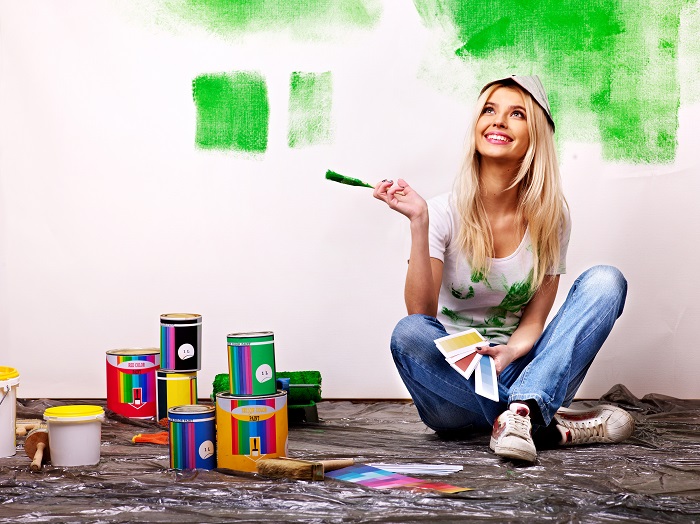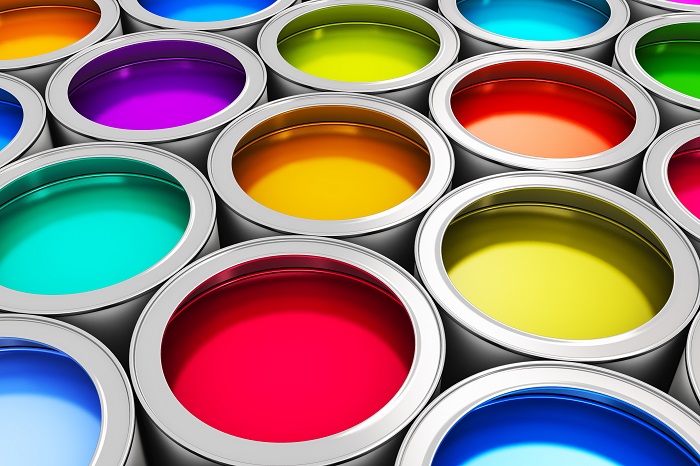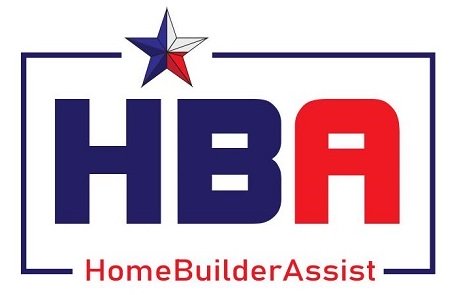Four Ways to Save Money
by Painting Your Own Interior
You can't imagine the savings you will net by painting your own interior!

1. Paint the Rooms Yourself
We get that not everyone wants to paint themselves, but the reality is – this is probably one of the biggest ways to save money when you are building your own home. Painting your own home is the very definition of “sweat equity.” The key to a quality, professional paint job, lies in the amount of preparation you are willing to do beforehand. It takes longer to tape and lay protective coverings than it does to actually paint.
2. Buy Your Own Paint
While this may sound like an obvious way to save money, the truth is, if you allow a painting contractor to pick up your paint, any discounts he negotiates only pad his bank account – not yours. For example; if you ask ABC painting to pick up Dover White (a Sherwin Williams color) for your living areas and hallways, he will be in charge of the type of paint – he could pick up a five gallon bucket in a variety of quality types. If he chooses the mid-range, or even lowest quality of paint, you most likely won’t be able to tell the difference (at first). Also, if he uses either a contractor discount – or seasonal discount – he can charge you the full price in his bid and pocket the difference. Also, at the end of the job, if he only uses three of the five gallons – he usually keeps the remaining paint and will often use it as a primer on another job.
However, if you purchase the paint - you not only control the quality and get to keep any paint left - you can usually negotiate discounts on your own. You can also have most any color you want custom made at any paint store or paint department. You just tell them the color you want (in this instance, Sherwin Williams Dover White) and the other retailer will match it. So, if you can negotiate a better deal at Kelly Moore, or Home Depot is having a great sale on five gallon buckets, you can get a high quality paint, in your preferred color, and keep the leftover paint, for much less than if you let a painting contractor pick it up for you.
3. Buy "Oops" Paint

Personally, I love oops paints – those paints that retailers set out at great discounts because a customer returned them, or perhaps an employee mixed the wrong color. They can come in any shade, sheen or quantity you can imagine. I have bought them so often over the years I have become adept at mixing and matching oops paints to achieve the desired colors and sheen's I want.
The trick to successfully using oops paints is that you must make more paint than you have estimated you will need. This is critical because you will NEVER be able to exactly replicate a batch of oops paint. Having paint leftover is not a bad thing. I usually put it in a plastic container with a tight seal. I then date and label where I used it, for instance: Master bath and Guest bath – March 2019. When I use clear plastic containers, I try and store my paint in a dark place.
4. Buy Professional Tools
Because you can save so much actual cash by painting yourself – you can usually afford to get a decent, semi-professional paint sprayer (between $300 and $500) at any reputable big box store. Yes, there is a learning curve, but the trick to learning is to start at the least lived in room (think garage walls) and work your way up to the main areas of the home – like the entry and living room.
Another must have tool is a mixing wand. This is a long metal mixing tool (think of the beater in a kitchen mixer) that goes into a drill motor. It’s critical when mixing oops paints as well as mixing any regular paints that have settled between uses.
When Done
Nobody really likes the smell of fresh paint. The folks over at Happy DIY Home have a few suggestions to help get rid of the paint smell.




